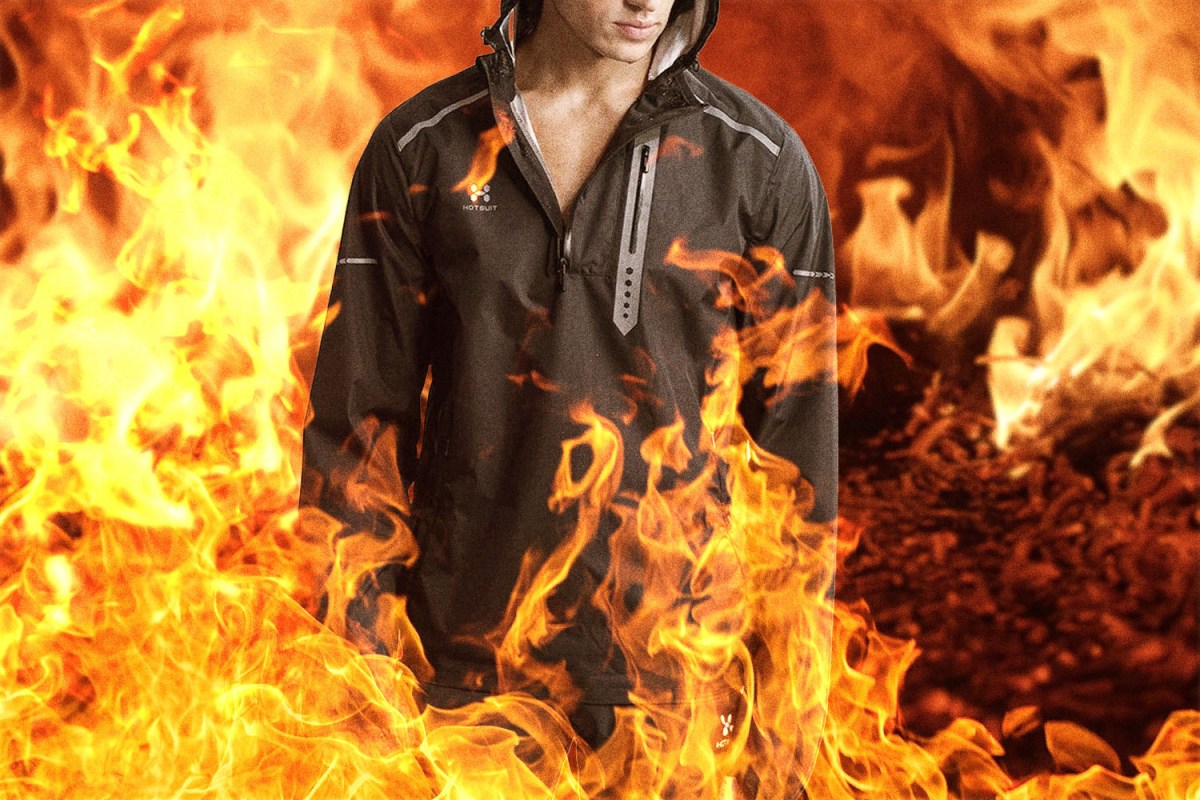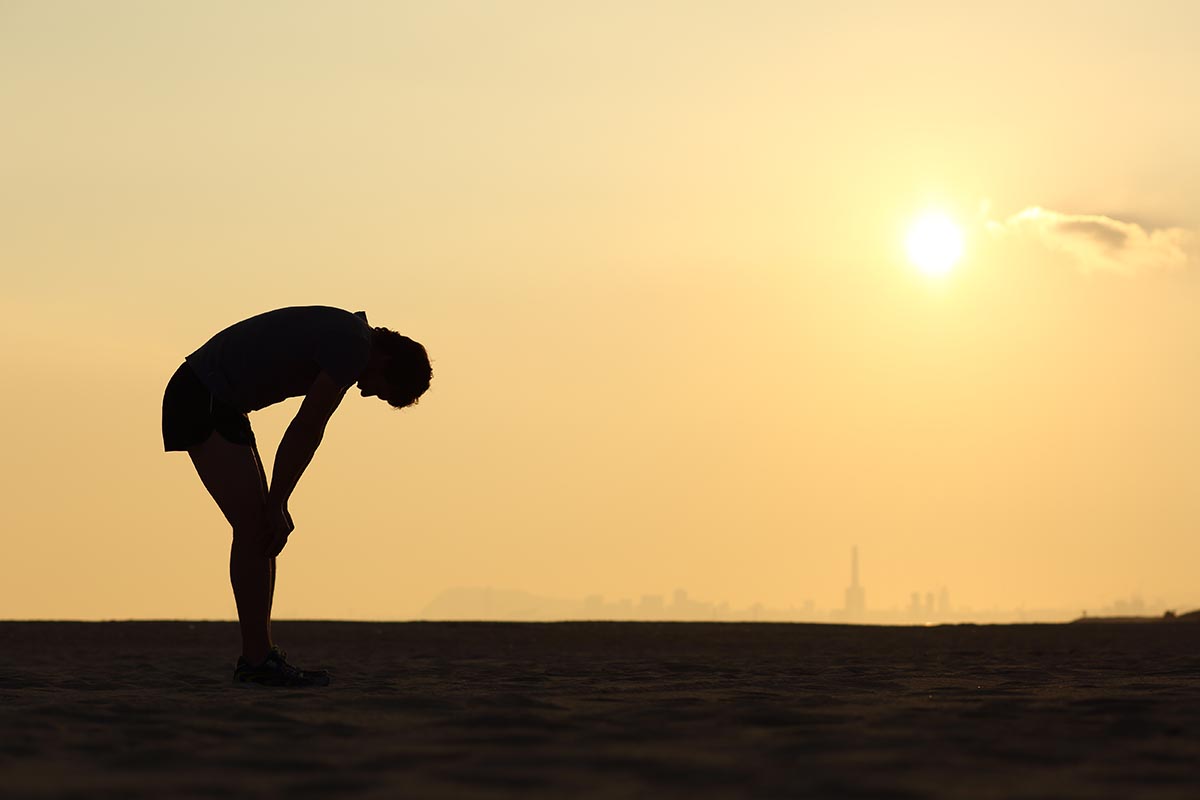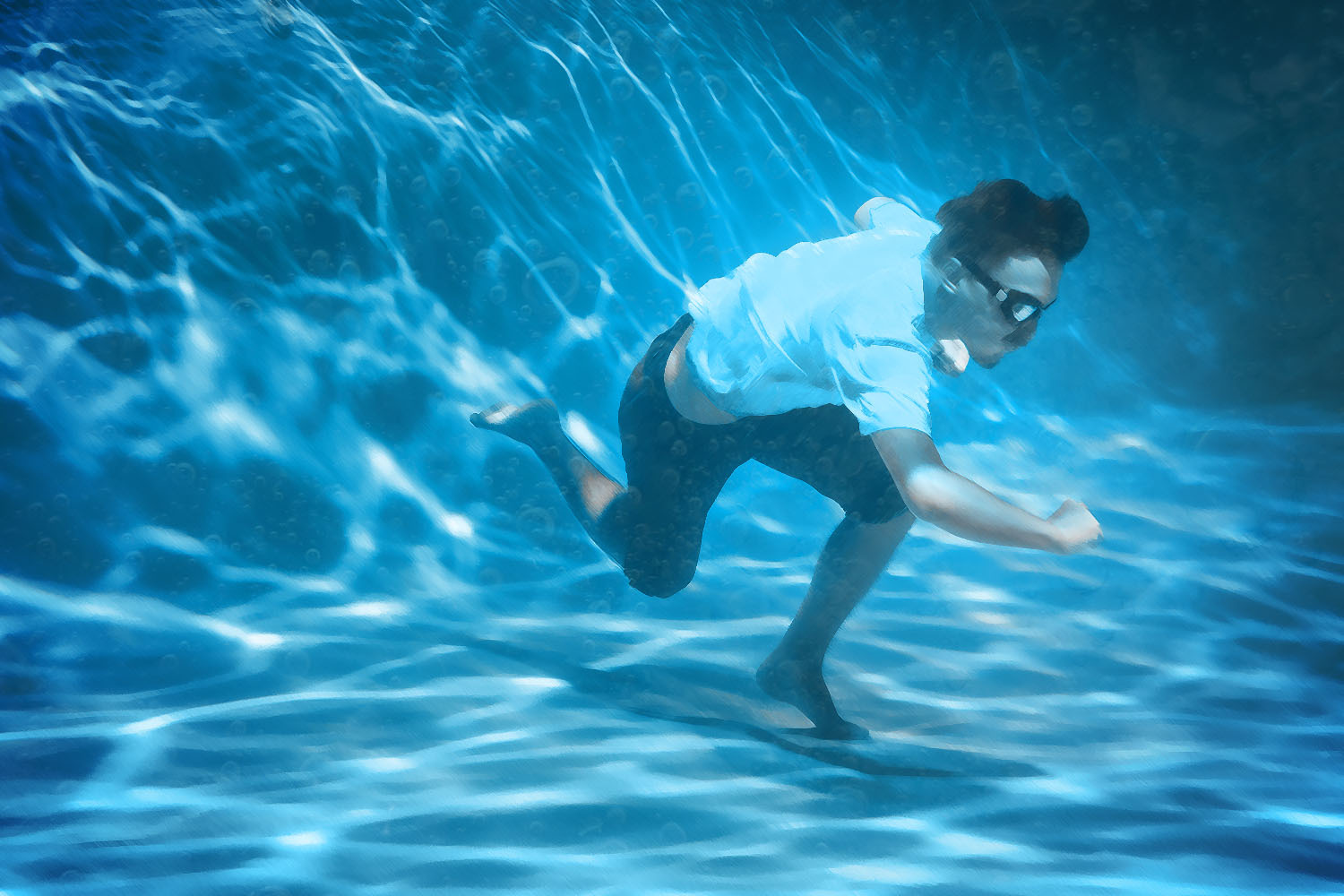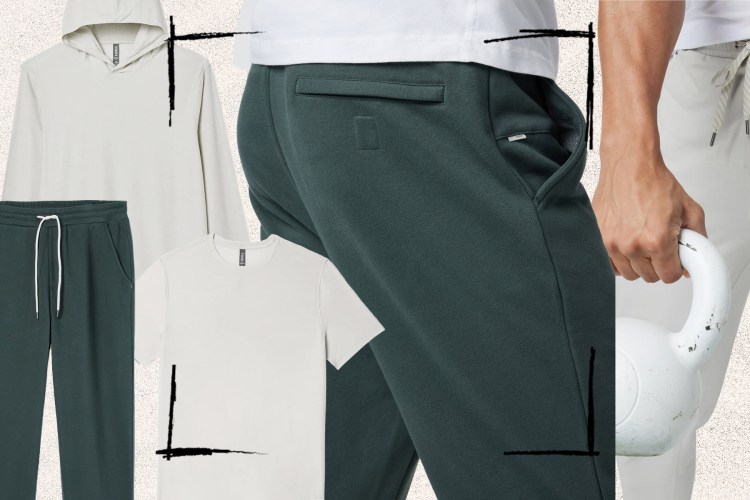I remember the first time I saw a “sauna suit” in the wild, although I didn’t have the vocabulary for it at the time.
It was 2007 and I was on one of my first runs around the Hermann Park loop right across the street from Rice University, which would become my training grounds for the next decade. The early August weather in Houston, Texas, is not something I’d wish upon anyone, yet as I and my teammates darted through the park, sweating bullets and counting down the days until fall, I noticed a middle-aged man donning the exact opposite of a weather-appropriate ensemble: a swishy black sweatsuit complete with long sleeves, long pants, and, if I’m remembering correctly, thick cuffs around the ankles, wrists and neck to trap all that heat inside. I’d go on to see that man during countless morning runs, plus a few other regulars sporting a more DIY version of his suit: trash bags over sweatshirts.
In the five years that I lived in Boulder after that, sauna suits slipped my mind. It seems that Coloradans are less eager to increase their sweat rate (and presumably dehydration levels) than their pals to the southeast, as I don’t remember coming across a single one in the thousands of miles I logged on the trails, roads and tracks. But in the two months since I’ve been back in Dallas, Texas, sauna suits have come back into the picture, and my confusion’s been reignited. Although I see them fairly often, the first one I noticed was on a typical July morning at the Katy Trail, the sort that has you dripping in the first mile and absolutely sopping by the end. A younger guy who appeared to be out for a morning power walk was wearing one of those unmistakable swishy getups, only his had a massive HOTSUIT logo spanning the spine. My investigation began as soon as I got home and changed out of my wet workout clothes.
The popularity of the HOTSUIT Sauna Suit — 4.6 out of 5 stars and 4,552 ratings on Amazon — shocked me. The description did an even bigger number on me. If the potential to “Speed Up Sweating and Make You Sweat Like a Monster” doesn’t win you over, maybe the opportunity to “enjoy sweating” and become “more attractive when you exercise” will. Or perhaps the guarantee of “no special odor,” which the brand’s competitors apparently can’t claim? If you’re a sucker for sweat droplets, you won’t want to miss the abundant photos and videos featured on Amazon, the majority of which center on the navel region.
In addition to entertaining me, that early “research” fortified my assumption that you’d only wear a sauna suit if you wanted to: cut weight for boxing, wrestling or another type of combat sport in which weight-cutting is compulsory; look good (veiny?) for a photo shoot or social appearance; or see a lower number on the scale, regardless of whether it reflects an actual change in body composition. Far less likely: if you’re a star endurance athlete preparing for a cruelly hot race day with an Olympic medal on the line, you might choose to train in extra layers. Deena Kastor before Athens and Molly Seidel before Tokyo come to mind.
All that said, I knew I couldn’t make a fair judgment call based on personal biases and bad marketing material. So to Google Scholar I went, in search of peer-reviewed evidence that sauna suits do anything but dehydrate and offer a false sense of weight loss. I was surprised to see that a handful of articles tackle the topic. A 2016 study published in the International Journal of Research in Exercise Physiology demonstrated that “regular moderate-intensity exercise training with a sauna suit elicited improvements in cardiorespiratory fitness and positive modification to several key cardiovascular disease risk factors. These “factors” include body fat percentage, systolic and diastolic blood pressure, triglycerides, HDL cholesterol and maximal oxygen uptake. Granted, the sample size was just 12 men and the study duration only six weeks, but still — the results sounded promising.
The next year, a paper in the same journal followed up by reporting that exercising in a sauna suit “elicited significantly greater improvements in VO2 max, and significantly improved obesity associated health parameters,” including body mass, body fat and fat oxidation, compared to exercising in more traditional (read: minimal) workout attire. That one followed 45 men and women over the course of eight weeks, and the authors concluded that a sauna suit may be beneficial to the health of overweight or obese individuals. Meanwhile, a 2018 article in Temperature suggested that exercising in an upper-body sauna suit “may accelerate the stimuli for heat adaptation and improve heat adaptation efficiency,” which is advantageous to athletes training in hot and/or humid conditions or preparing to compete in them.
It’s not all good news for the swishy sweatsuit wearers of the south, however. That same 2018 article concluded that wearing a sauna suit in hot conditions “increases psychological and perceptual strain further,” which is not exactly ideal for individuals trying to push their physical limits.
Decades earlier, the National Collegiate Athletic Association placed a ban on sauna suits following the deaths of three collegiate wrestlers who (separately) sought to quickly drop weight through a combination of food and fluid restriction plus vigorous exercise while wearing “vapor-impermeable suits under cotton warm-up suits.” In its follow-up report, the Centers for Disease Control and Prevention illuminated the risks of rapid weight loss through techniques including sauna suits and saunas. In addition to increasing the odds of dehydration and heat-related illness, such methods can negatively impact cardiovascular function, electrical activity, thermal regulation, renal function, electrolyte balance, body composition and muscular endurance and strength.
I don’t want to give the impression that sauna suits are categorically a bad move. If I find myself in Deena or Molly’s shoes one day, I very well may eat my words and splurge on an overpriced trash bag to keep me sweating and prime me for a big performance. Nor do I want to imply that Texan runners are a bunch of sweaty sauna suit wearers. The vast majority of my fellow residents would sooner give up their breakfast tacos and Ranch Waters than step outside in an unnecessary layer of clothes, especially during the hotter half of the year. Whether working out in a HOTSUIT (or similar) is worth the risk is a personal call, and one that I encourage everyone to make having done their research and consulted a doctor. As for me, I’ll keep sweating through the miles in the hot box I live in, with absolutely no desire to make a tough thing tougher.
Whether you’re looking to get into shape, or just get out of a funk, The Charge has got you covered. Sign up for our new wellness newsletter today.























